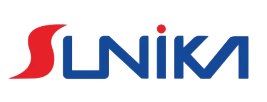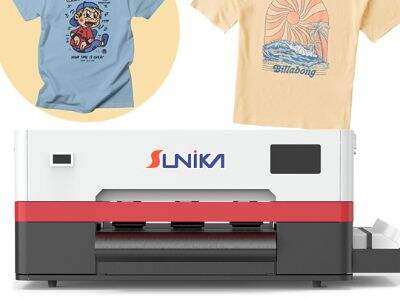UV printing is a form of printing that uses UV light to dry or cure ink as it is printed. It is generally applied in the signage, packaging, and labeling sector. UV Printers This technology is used to print, high quality images or text images onto a wide range of materials. We’ll start with the very basics: what is Uv printing, what happens chemically when the ink meets with Uv light, which printer is best for you, the advantages of Uv printing technology, and last but not least, tips for beginners.
Introduction to UV Printing
UV printing is a high-quality printing method in which the printed ink dries (or cures) instantly via UV light exposure from the printing head. This is a more efficient and sustainable way of printing than the traditional method, which uses solvents and also creates waste ink. UV printers can print on materials as varied as paper, plastic, glass, wood and metal.
The Science Behind the Process
How it works. Archived 2001-10-03 at the Wayback Machine UV printing is used because the ink coagulates as the drying process is initiated by the lamps in the printer's platen. UV printing uses UV-curable inks, which contain photoinitiators. When the ink is exposed to UV light, the photoinitiators activate and polymerize the ink, converting it from a liquid to a solid. This all occurs almost instantaneously, resulting in speedy printing and quality results. The implementation of UV light also enables vivid colors and high resolution images on a wide range of materials.
Selecting a UV printer for your business
Before selecting same UV printer you need to know about the printer name, size, resolution, quality of print speed, material support, and cost of same printers. Sunika has a variety of UV printers at different price points with different features to meet your needs or the needs of your project as a beginner. Maintenance and operating costs of the printer is also something you need to think about to make sure that you are getting the best value for your money.
Investigating the Advantages of UV Printing Technology
A primary advantage of UV printing is that it is flexible. They are used across industries and serves various purposes if it comes to uv printers and can be used for printing to several materials. Printing with UV ink adhesion provide excellent scratch resistance and avoid colour lifting with paint up to 6 months. UV print also has less of an impact than traditional printing systems, as it doesn’t release toxic chemicals into the atmosphere.
Tips for Beginners
If you are a beginner who desires to begin using UV printing, you will need to learn a thing or two about the machine and printing. Get to know the various settings and features on the printer and best practices for keeping the machine clean and running effectively. Begin by building some small projects to keep exercising and improving your abilities, rather than jumping straight into printing big things or more complicated ones. Also, don´t hesitate to try other materials and styles, to see which one better suits what you want.
Conclusion uv printer for small business is a flexible and highly effective technology with many advantages for new and experienced users. Once you have learned the ABCs of UV printing, and have come to know how UV printing works, the science behind UV printing, how to select the best UV printer for your needs as a beginner, the benefits of UV printing technology, and some tips for beginners, you can start powering up your life by displaying newly printed, high-quality prints through UV printing technology on a variety of materials. Take your creativity to new heights with Sunika's UV printers. Happy printing with Sunika!

